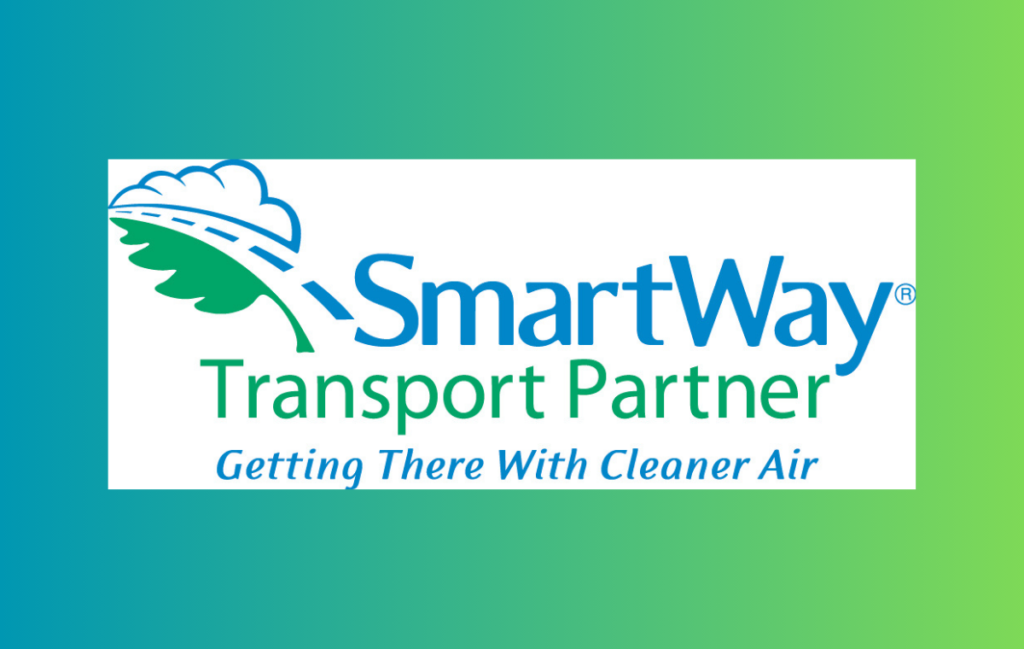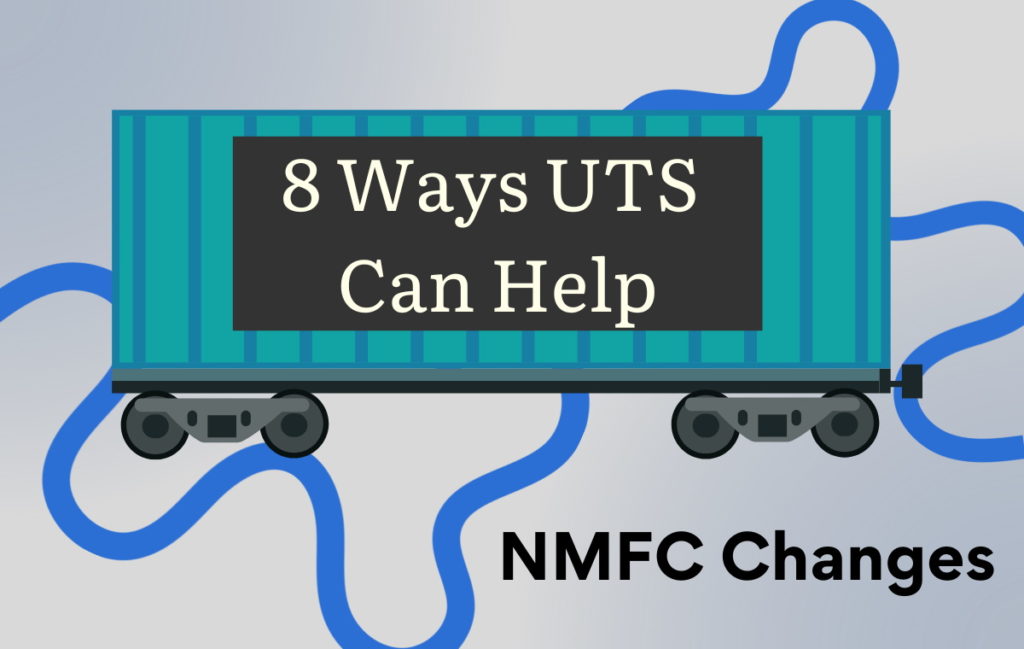A TMS leverages technological advancements that drive down transportation costs while increasing visibility and control.
Technology has changed most industries, and transportation is no exception. Software and data communication have brought profound efficiencies that shippers can leverage to drive down costs while increasing visibility and control over freight in transit.
Shippers take advantage of these improvements by implementing a Transportation Management System (TMS), which is a software platform, usually cloud-based, that assists transportation management and automates many of its transactional processes.
A TMS platform is available as a standalone product. It is also available from a transportation management partner like Universal Traffic Service, bundled within a full-service solution.
Standalone TMS platforms are available at a variety of price points, from economy versions that cover basic transactional capabilities to high-end versions that can handle multi-modal shipping activity on a global scale. The latter is needed to manage multiple shipments per day (especially across multiple locations) and multiple modes of transportation. Full-service transportation management partners typically provide a high-end platform, and while some charge fees for access, UTS does not.
Shippers are often surprised that the investment costs for a standalone TMS aren’t limited to the provider’s fees. Additional, third-party services are needed to make the solution work. For instance, if the TMS will be used to manage LTL shipments, the shipper must buy a rate base license and the appropriate tariffs. For truckloads and expedites, the shipper will likely want third-party tools for managing carrier compliance, calling market rates, posting loads, and searching available equipment.
Shippers can also be surprised by the amount of staff time that must be invested into a standalone TMS. While a TMS delivers the expected efficiencies when it comes to the transactional aspects of transportation management, staff must still procure carrier services, load rates, and maintain data. A true full-service partner, on the other hand, has in-house experts trained to handle these responsibilities on the client’s behalf.
The Benefits of UTS vs. Standalone TMS
- Full access to myUTS (our TMS) for you and your suppliers free of charge.
- No fees for implementation, setup, customization, training, etc.
- myUTS is developed internally, allowing maximum customization.
- myUTS is integrated with third-party services (rating engine, rate base licensing, tariffs, carrier compliance, current and forecasted market rates, etc.).
- UTS licenses the premium tier offered by third-party services, which provide more capabilities than you would probably license for yourself.
- UTS monitors the third-party marketplace for the best services available.
- UTS professionals handle all TMS updates and maintenance.
- Your UTS support team provides expert assistance through the full shipment life cycle and excels at TMS “weak spots” like disputing invalid carrier charges and managing freight claims.
Standalone TMS Investment Costs
A TMS platform enables shippers to leverage technological advancements that drive down freight transportation costs while increasing visibility and control. Investing in a standalone (or SaaS) TMS has four cost components.
Implementation and Training
One-time cost to implement the TMS platform into your operations with additional fees if the implementation includes system integration.
Cost range: $5,000 to $50,000
Provider Fees
Access fee charged monthly or annually.
Cost range: $24,000 to $150,000
Third Party Services
Specialized services needed to manage your freight transportation but not offered directly from the TMS provider. Examples include rate base licensing, tariffs, carrier compliance, and load coverage tools.
Cost range: $29,000 to $120,000
Staff Time
Staff must still procure carrier services, load rates, and maintain data.




